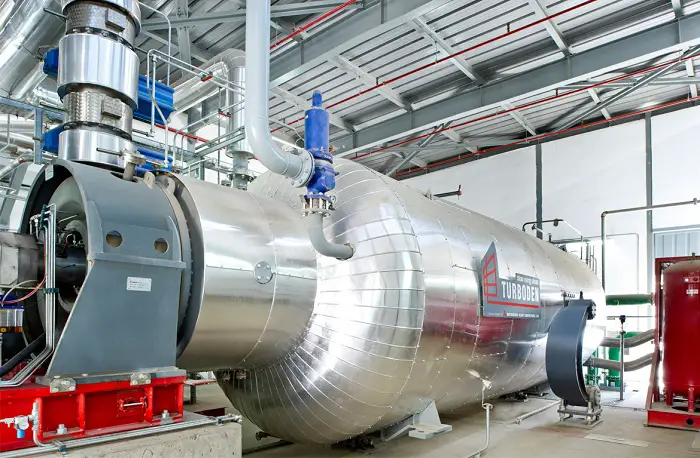Energy price increases and the looming countrywide load-shedding are two of the biggest motivators to improve energy efficiency. There are many approaches one can take to reduce the amount of energy they are using, but the most popular one is solar energy.
While often criticized as costly and ineffective, more and more people are opting for solar power due to its wide range of advantages and increasing affordability.
The options range from a completely off-the-grid system to a hybrid inverter and battery, which enables the user to integrate power from their solar PV panels, the national grid and batteries. It also incorporates a mobile app to track energy usage and savings in real time.
The average South African family home requires a 5 to 7 kW solar photovoltaic (PV) system with multiple converters and batteries for backups. These systems can provide up to 30% of an average home’s energy and can cost anything from R80k and up. Going partially off-grid might cost less, but smaller systems only provide enough power for lighting and lower wattage appliances and typically do not power the geyser and the stove.
The initial investment is enough to scare one off, however, the future benefits make solar power the obvious choice. Installing a solar system is not just a matter of putting up a few solar panels, there is no standard system and each system has to be correctly sized to suit the needs and requirements of the user.
Key considerations
Other than cost, there are a few other factors which also need to be considered, such as space, the condition and lifespan of your roof, as well as maintenance. South Africa is blessed with some of the best quality solar radiations in the world and solar panels are built to work in all climates, but in some cases, rooftops may not be suitable for solar systems due to age, slope or tree cover.
Compare the warranty of your roof with that of the solar panels to ensure that you won’t need to pay extra to dismantle the system and then put it up again if you need to renovate or replace the roof. Before you go ahead with any installation, make sure that your roof has enough space for the solar panels and that the structure of your roof can handle the additional weight of the solar panels.
A solar system sufficient to run your house will require a number of panels and batteries. This requires a lot of roof space and space for the batteries. Keeping the batteries cool, dry and safe at all times is essential and storage of the battery system is space intensive. Some batteries may give off dangerous gasses.
Ensure that there aren’t any trees shading the panels. Solar panels require specific placement in order to generate the maximum amount of power. For maximum efficiency, it is recommended that solar panels should be installed perpendicular to the sun’s rays, and track the sun as it moves from east to west. Keeping your solar panels working and your roof in good condition is all about establishing proper maintenance procedures. It’s a good idea to find out from your installer what those maintenance procedures are before the installation begins. If you are unable to meet those maintenance requirements, there is a good chance your equipment will not last as long as you want it to.
Further to the installation of a solar system, you will need to follow up with your insurance provider on your coverage. Having the right insurance to cover both yourself and any damage to your property is something you absolutely need to consider.
Cost issues
Despite decreasing in price over the last few years, solar energy systems can still be quite expensive. If budget or space is an issue, starting off with a smaller solution is a smart option. Whether you go completely off-grid or simply supplement your household energy intake with a smaller system, it will already be a good start to increasing your property value.
The amount of solar energy you need to produce depends on how much you use, so it makes sense to trim your usage as much as possible before paying for all those panels. Start with an energy audit and look for efficiency upgrades before you spend all that money.
Insulating your home and using energy efficient appliances and light fittings can play a role in reducing your energy consumption. Using a solar water heater and a gas stove can reduce up to 40% of your power consumption. These options mixed with a smaller solar installation can deliver immediate savings and a shorter wait for a return on investment.
Energas offers Viessmann’s Solar Thermal range. The Vitosol 200-FM is a premium series flat plate collector that offers high performance and quality construction at an affordable price. With an absorber area of 2,3 m², the solar collectors can be adapted to meet any energy demands.
On average, they annually replace up to 60% of the energy required for domestic hot water heating and contribute to central heating back up. In conjunction with a condensing boiler, free solar energy allows you to reduce your annual energy consumption for heating and domestic hot water by more than one third. Our product range also includes gas geysers that can operate on LPG or natural gas for domestic hot water or industrial heating solutions.
To achieve a return on your investment will take several years. The initial outlay is huge and hire-purchase models and monthly repayment options are not readily available yet. Even if a full system’s initial investment is out of reach, there are more affordable ways to take advantage of solar energy such as a solar thermal hot water heating system.

